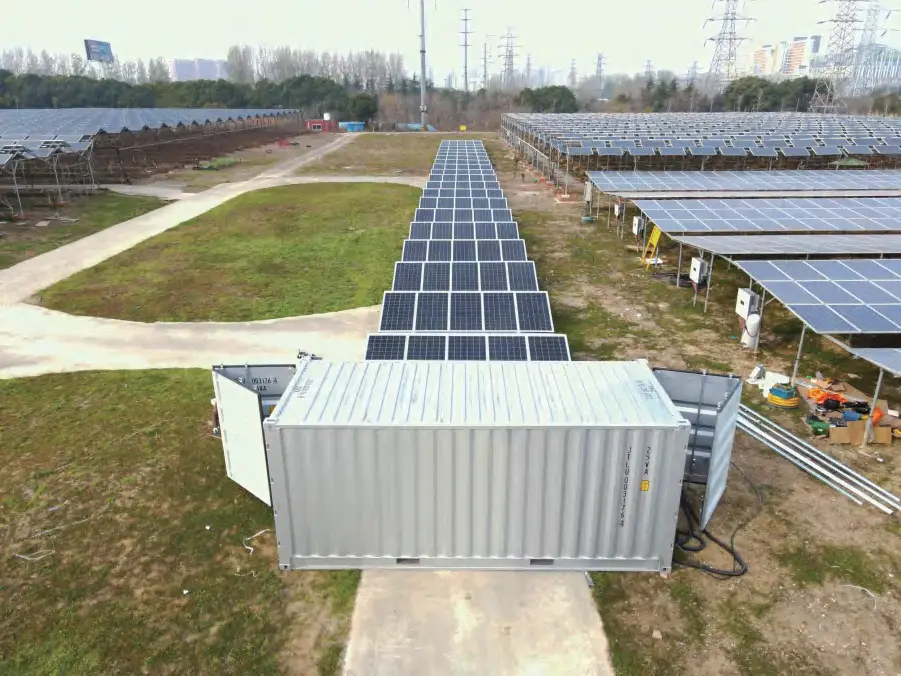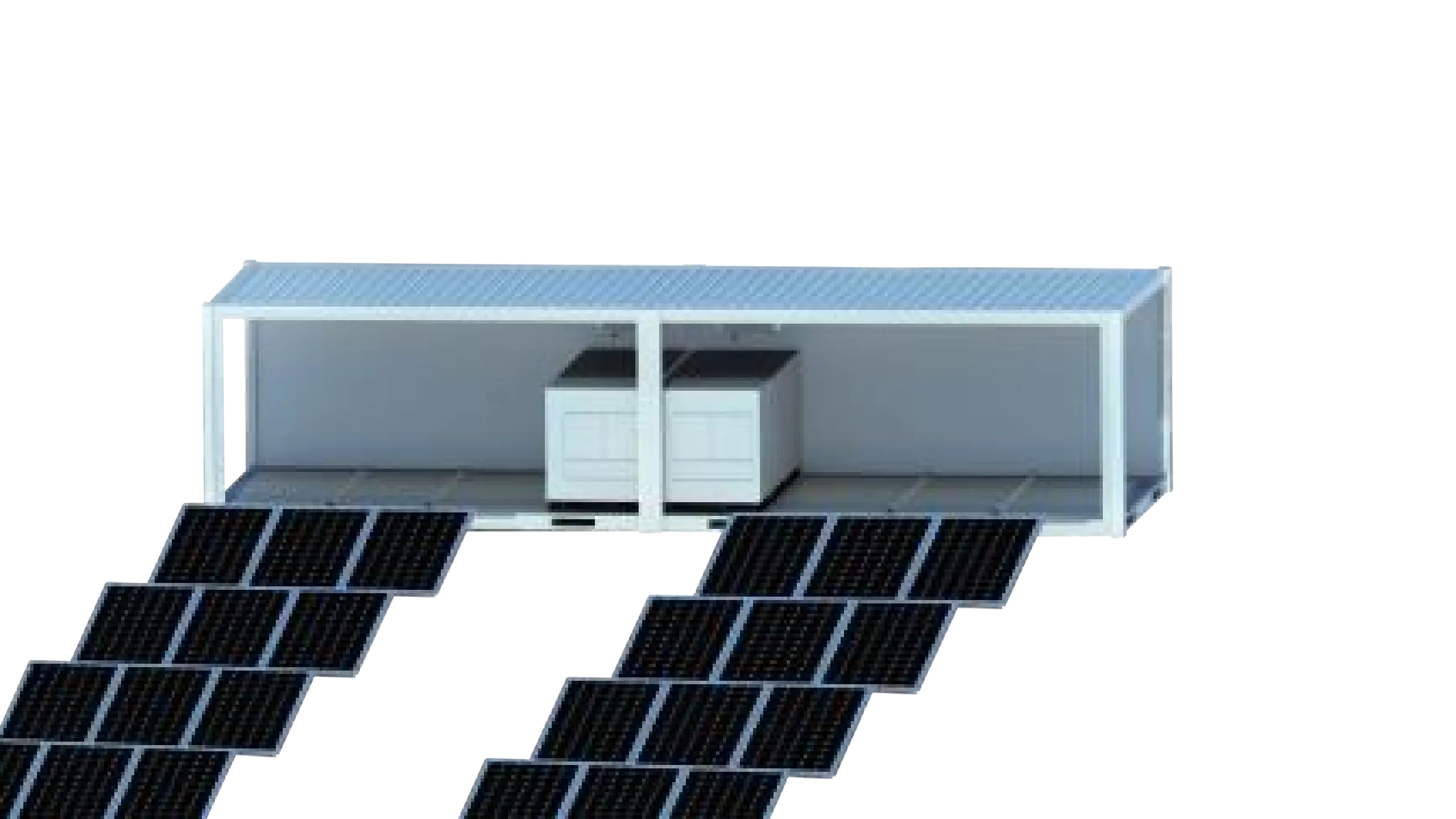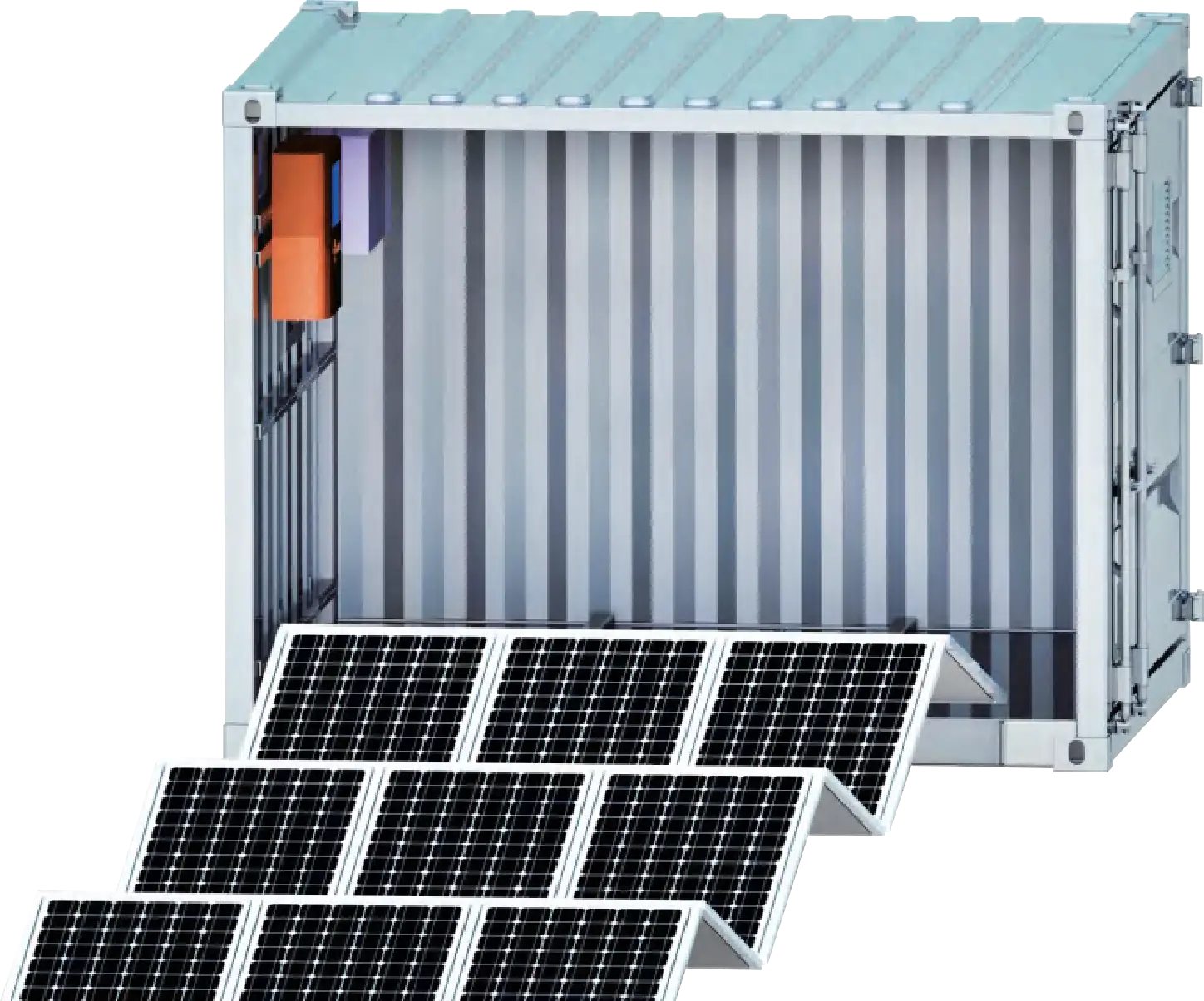In off-grid business use, a Solar PV Energy Storage box represents an autonomous power solution that has photovoltaic (PV) arrays, storage batteries, inverters, and controls. Each of those units—usually included in Mobile Solar Container platforms such as the LZY-MSC1 Sliding Mobile Solar Container—is specifically designed with rapid setup, expandability through modularity, and plug-and-play cables. This manual addresses why these sorts of boxes are replacing remote power supply, what the components of the whole system are, how to wire and install it safely along with handy facts, industry jargon and best-practice references.
Target Readers and Content Analysis
- Engineers of renewable energy,site managers, and EPC contractors who are in the process of considering off-grid power for mining, telecommunications, or industrial development.
- TECHNICAL INFORMATION: Schematics of wiring; sequences of installation; regulatory requirements; performance measures.
- Content Style: Cordial but formal, peppered with professional wisdom and anecdotes to make complicated ideas easy to understand.
Why Hire a Solar PV Energy Storage Box?
1. Off-Grid Reliability
Off-grid locations are typically far from grid connection or have unreliable electricity. A Solar PV Energy Storage box provides uninterrupted power by harvesting sunlight and storing excess power in onboard batteries, hence operating always 24/7.
2. Rapid Deployment
Shades like the LZY-MSC1 Sliding Mobile Solar Container are deployed in less than 15 minutes by one person, deploy rolled-out PV panels on telescoping tracks and immediately commission the onboard inverter-battery system.
3. Modular Scalability
System capacities range from 20 kWp/100 kWh to 200 kWp/500 kWh. Additional containers can be paralleled for greater microgrid operations, with incremental power adding without massive civil works.
4. Cost & Environmental Benefits
Compared with diesel generators, solar storage boxes save fuel, maintenance, and emissions. Case studies claim up to 60% five-year OPEX savings for remote mining camps in switching to containerized solar microgrids.
What is a Solar PV Energy Storage Box?

Configuration may include:
- Solar Array: Power panels on rooftop or fold-out racks.
- Battery Bank: 100–500 kWh Lithium-ion batteries provide to offer energy buffering and peak-shaving.
- Inverter/Charger: DC from panels/batteries or panels to AC, battery charge management.
- Control & Monitoring: Remote telemetry EMS, rapid shutdown, and SCADA integration.
- Enclosure & Wiring: Pre-wired DC combiner boxes, AC distribution panel, weatherproof enclosure, grounding, surge protection.
For instance, ZN MEOX's Mobile 20ft Solar Container features plug-and-play wiring harnesses according to the DC reticulation standard; therefore, interconnection on site is not quite as hard to accomplish.
How to Install and Connect a Solar PV Energy Storage Box
1. Site Preparation
- Foundation & Leveling: Set container on compacted gravel pad or piers. Level to ±1° for panel function and battery safety.
- Clearance & Ventilation: Maintain 1 m clear area around containers for access for maintenance and ventilation.
2. Mechanical Setup
- Position Container: Use forklift pockets or crane lift points. Lock twist-locks if stacking multiple units.
- Install Modules: Slide out panels along tracks and open safety latches to fully open position for LZY-MSC1 Sliding Mobile Solar Container. Check lock positions.
3. Wiring
3.1 DC Section
- Combiner & Disconnect: Mount PV strings to an IP65-rated combiner box. Mount a DC disconnect switch between combiner and inverter per NEC 690.15 requirements.
- DC Cabling: Use sunlight-rated, UV-resistant cables in voltage drop <3% size (NEC 690.8). Cable-tie cables to trays.
3.2 Battery Bank
- Battery Interconnects: Series/parallel connect battery modules according to manufacturer wiring harness. Install main battery disconnect.
- BMS Integration: Integrate Battery Management System to include cell balancing and temperature sensing.
3.3 AC Side
- Inverter to Distribution Panel: Connect output directly to a UL-listed AC panel within the container. Offer GFCI and arc-fault protection according to NEC 240.
- Grounding & Bonding: Ground all metal structures (container shell, racks, conduit) to a grounding electrode system. Install surge arresters on DC and AC sides.
3.4 Control & Monitoring
- EMS Installation: Sun tracking mobile solar PV container, if delivered, with automatic solar panel tilt and remote performance monitoring.
- Commissioning: Insulation resistance test, I-V curve scan of all PV strings and inverter, and breaker functional test.
4. Safety Precautions
- Personal Protective Equipment: Arc-flash rated apparel, insulated gloves and safety glasses during performing work on live conductors.
- Lock-Out/Tag-Out: De-energize DC and AC power before maintenance. Adhere OSHA LOTO procedure to the letter.
- Fire Suppression: For large lithium batteries (>100 kWh), include dry chemical or clean-agent suppression systems to meet NFPA 855 requirements.
Case Studies and Data Insights
- Live LZY-MSC1 Application: Two sliding containers of 50 kWp/250 kWh for power supply to rural towers experienced 99.9% uptime during monsoons with AI-based yield prediction.
- ZN MEOX in the Arctic: Plug-and-play cabling provided for quick commissioning; up to 85% uptime at -30 °C through insulated battery shelters and climate-controlled HVAC in the container.
- BoxPower Microgrids: More than 50 island installations have seen <1% downtime in two years and therefore demonstrate that it is possible to have fully containerized solar storage backup with a generator for storm conditions.

Terms & Trends-Industry
- EMS (Energy Management System): Can control charge/discharge cycles, peak shaving, and remote diagnostics.
- DC Reticulation: Direct distribution of DC power to loads, minimizing conversion losses.
- IP65 Enclosure: Dust-tight and water-jet resistant rating for outdoor electrical units.
- Rapid Shutdown: Notable NEC 690.12 requirement for module-level shutdown within 10 seconds of command, improving firefighter safety.
Discover how Mobile Solar PV Container Installation and cabling transforms the simple steel box into an efficient off-grid power supply. Whether you opt for the LZY-MSC1 Sliding Mobile Solar Container, a Sun tracking Mobile Solar PV Container, or a bespoke Solar PV Energy Storage box design, safe installation and cabling practices realize efficiency, safety, and long-term dependability.

